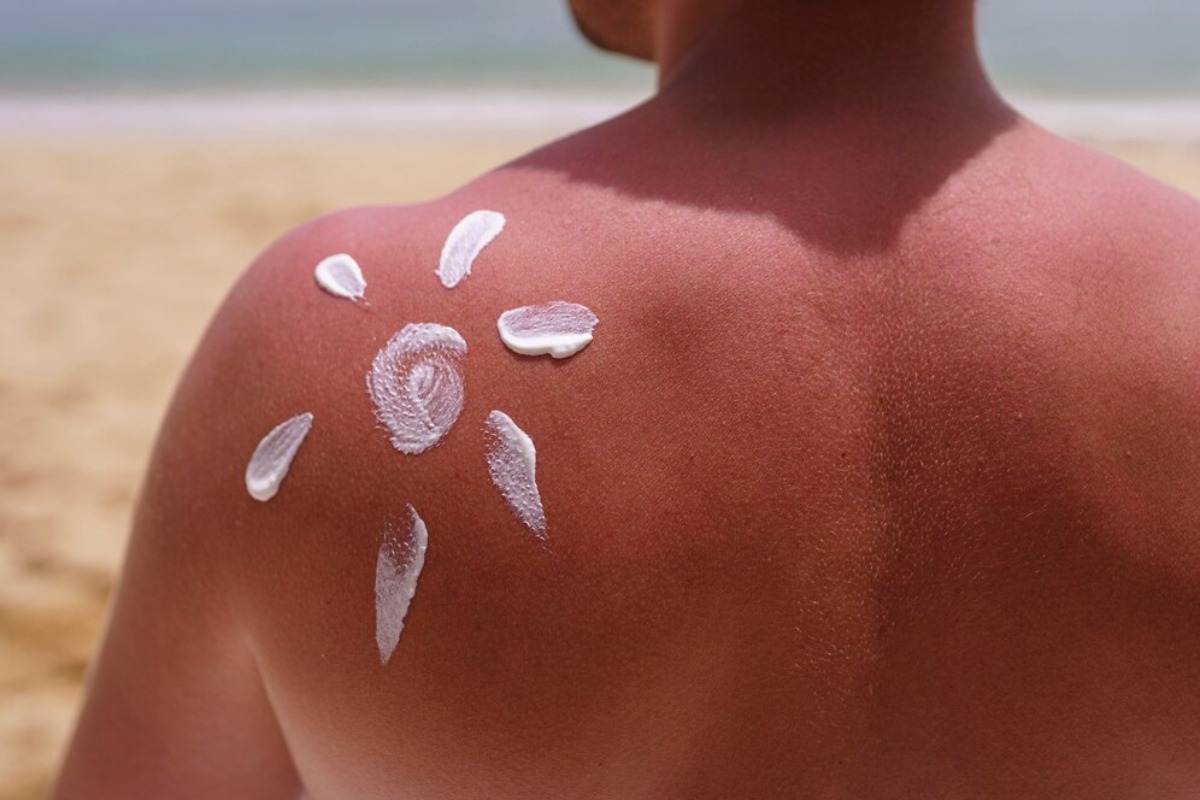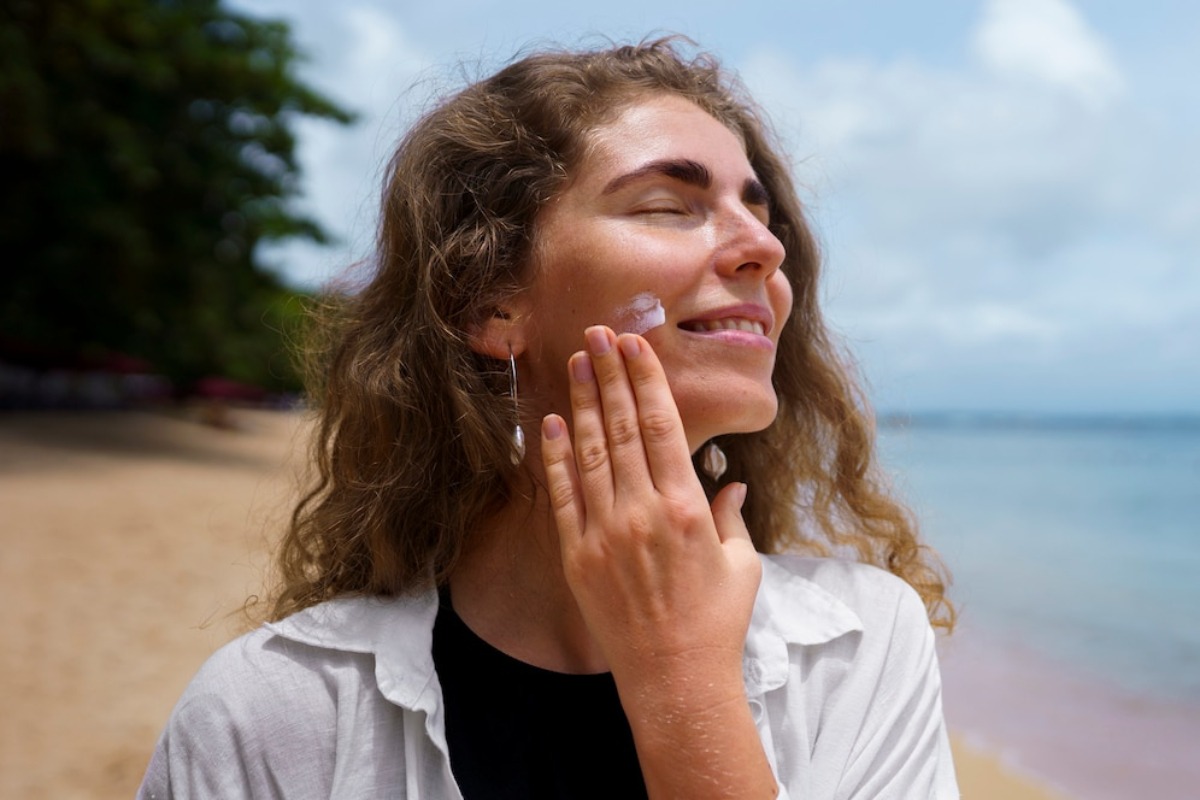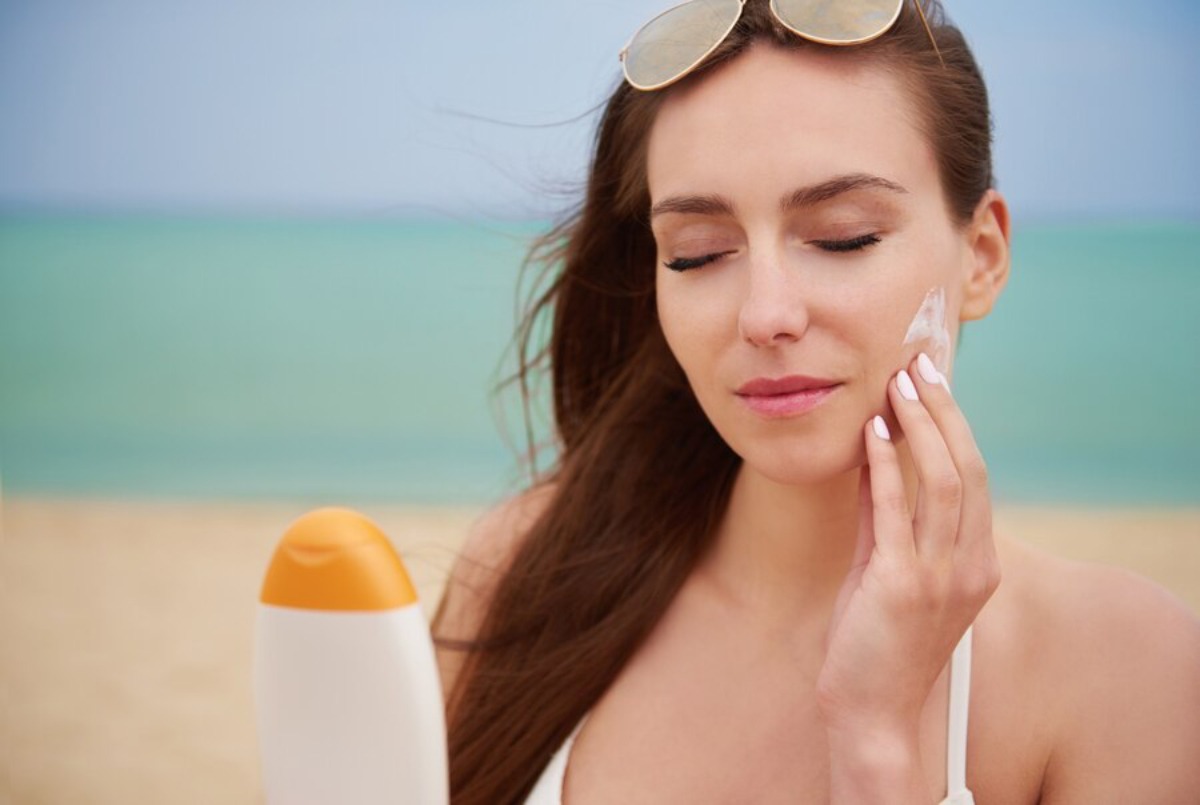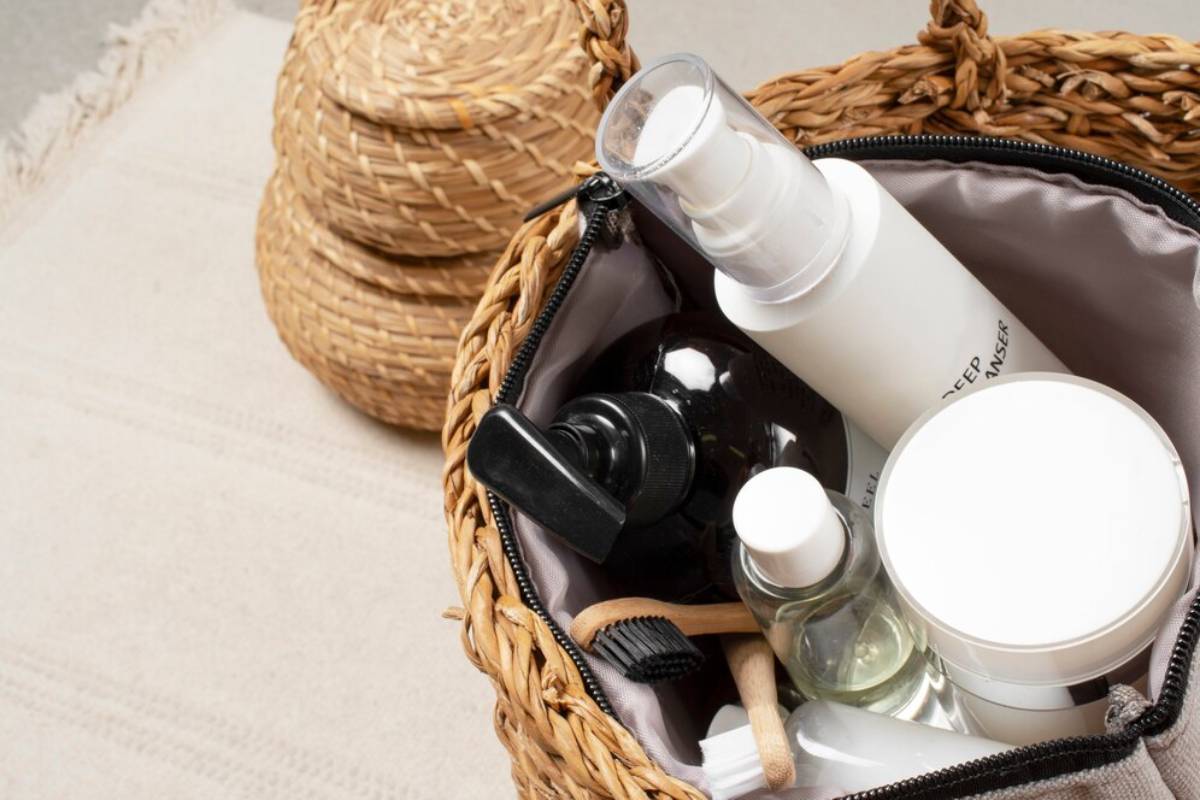
The Best Sunscreens for Different Climates & Seasons
In recent years, the awareness surrounding skin health and the importance of sun protection has increased significantly. As we become more conscious of the impact of UV rays on our skin, the need for reliable and effective sunscreens becomes paramount. However, choosing the right sunscreen can be quite overwhelming, especially with the myriad of options available in the market today. This blog aims to demystify the process by providing an in-depth SPF guide tailored to various climates and seasons. Whether you’re basking under the summer sun or braving winter winds, understanding the nuances of UV protection and broad-spectrum sunscreen is crucial for maintaining healthy skin year-round.
The significance of sunscreen cannot be overstated. Not only does it protect against the immediate effects of sunburn, but it also guards against long-term damage such as premature ageing, hyperpigmentation, and, most importantly, skin cancer. Yet, a common misconception persists: sunscreen is only necessary during sunny days or in hot climates. This couldn’t be further from the truth. UV rays can go through clouds. Snow and other reflective surfaces can make them even stronger. So, sun protection is important every day, no matter the weather.
Key Benefits / Why It Matters
Why Sunscreen is Essential
Sunscreen is your skin’s trusty shield against the sun’s relentless onslaught. It protects you from ultraviolet rays, which come in two pesky flavours: UVA and UVB. UVA rays age your skin like a fine wine gone sour, while UVB rays unleash their fiery wrath, causing painful sunburns. Both are guilty parties, leading to skin cancer. So, broad-spectrum sunscreen, guarding against UVA and UVB, is your skin’s best ally for complete protection.
Real-Life Applications and Data-Backed Insights
The numbers tell a powerful story. The Skin Cancer Foundation reveals that daily use of SPF 15 or higher reduces your risk of squamous cell carcinoma by 40% and melanoma by 50%. These statistics show how a consistent sunscreen regimen can transform your skin health positively.
Moreover, don’t underestimate the cumulative effects of UV exposure. Even brief sunning sessions can stack up, paving the way for significant skin damage. You can dial down those risks by weaving sunscreen into your daily ritual and cultivating healthier skin for the long haul.
Step-by-Step Guide / Actionable Insights

Choosing the Right Sunscreen for Different Climates
Sunscreen for Hot and Humid Climates
In hot, humid conditions, sweat and oil can affect sunscreen’s staying power. Seek out a water-resistant, broad-spectrum sunscreen with an SPF of at least 30. Gel-based or lightweight non-comedogenic formulas are great. They let your skin breathe while keeping it protected.
Sunscreen for Dry and Arid Climates
Dry air dehydrates your skin, setting the stage for damage. Choose a hydrating sunscreen packed with moisturising heroes like hyaluronic acid or glycerin. A broad-spectrum SPF 30 or higher will safeguard you against the intense UV rays looming in these dry havens.
Sunscreen for Cold and Snowy Climates
When winter’s chill sets in, many forget sunscreen is still necessary. Remember, snow can reflect up to 80% of UV rays, intensifying risk. Opt for a broad-spectrum sunscreen with SPF 30 or better, preferably with added moisturisers to fight dryness. A creamy formula provides the dual benefits of protection and hydration.
Sunscreen for Mild and Temperate Climates
A daily broad-spectrum sunscreen with an SPF of 15-30 is often enough in moderate temperatures. Pick a product that suits your skin type. Use a light lotion if you have oily skin. If your skin needs more moisture, choose a thicker cream.
Additional Expert Tips & Common Mistakes to Avoid
Best Practices Beyond the Basics
- Reapplication is Key: Slather on sunscreen every two hours or more if you’re swimming or sweating. Keeping your protection fresh is essential.
- Don’t Forget the Lips and Ears: These often-neglected areas crave protection too. A lip balm with SPF, along with sunscreen on your ears, keeps it all covered.
Common Mistakes and Misconceptions
- Believing Sunscreen is Only for Sunny Days: UV rays love cloudy skies just as much, so protection is still a must.
- Check the expiration date on sunscreen: Expired products don’t protect you well.
Advanced Insights / Expert Recommendations

Unique Industry Perspectives
Dermatologists often advocate layering sun defence. This means using sunscreen, wearing protective clothing, and finding shade during peak UV hours for the best defense. Add antioxidants, like Vitamin C, to your skincare routine. They help fight free radicals and boost sunscreen effectiveness.
Lesser-Known Insights
Beware—some skincare and cosmetic products can heighten photosensitivity. Ingredients like retinol and alpha hydroxy acids can leave skin vulnerable to UV damage. If using these, apply your sunscreen faithfully for best results.
Examples and Case Studies
Take Emma, a Manchester resident who once thought sunscreen was only for tropical holidays. She saw signs of premature ageing, so she started using a broad-spectrum SPF 30 every day, even in the gloomy UK winters. With time, her skin’s texture and glow improved. This shows that constant protection is essential for vibrant skin.
Conclusion: Protect Your Skin Year-Round with the Right Sunscreen
In conclusion, understanding sunscreen’s importance is key. It’s also vital to pick the right product for your skin type and climate. This helps keep your skin vibrant. Using this SPF guide every day will greatly reduce your risk of skin damage. You’ll enjoy healthier and stronger skin.
We encourage you to assess your current sun protection habits and make any necessary adjustments. Whether you’re in a hot, humid place or a cold, snowy one, the right sunscreen matters. Remember, your skin is your body’s largest organ, and it deserves the utmost care and protection.
Finally, we leave you with this thought: What steps will you take today to ensure your skin remains protected tomorrow?


